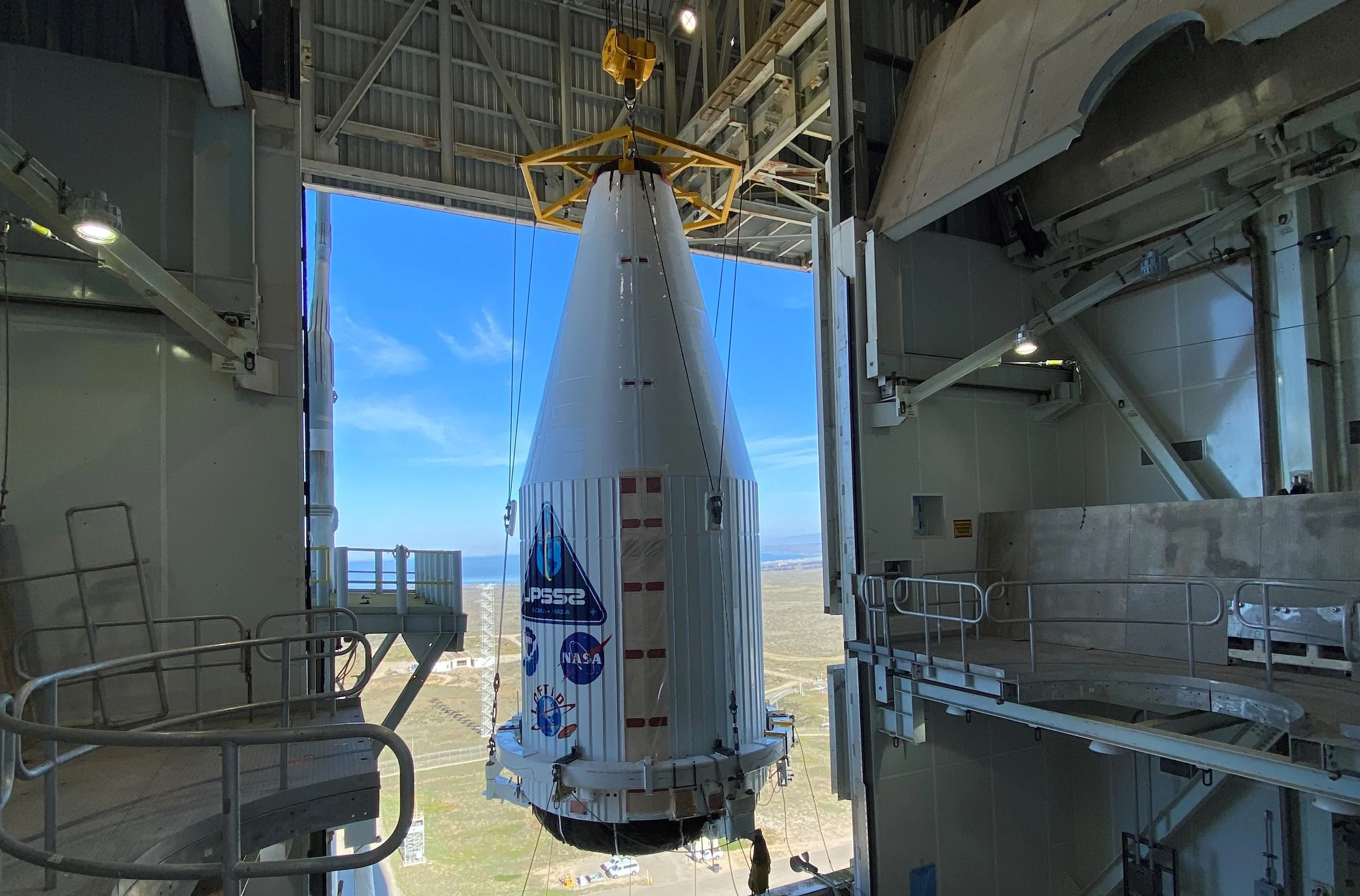JPSS-2, NOAA’s next-generation weather observatory all set for Nov. 1 launch

The National Oceanic and Atmospheric Administration's (NOAA) Joint Polar Satellite System-2 (JPSS-2) mission, a new weather observatory that will track storms across the globe, is mounted aboard a United Launch Alliance (ULA) Atlas V rocket for liftoff early next month.
JPSS-2 will share a ride with NASA's Low-Earth Orbit Flight Test of an Inflatable Decelerator (LOFTID), a technology demonstrator which will demonstrate an inflatable aeroshell as a heat shield to return large cargoes to Earth or the surface of other planets.
The new weather observatory and the technology demonstration are scheduled to launch at 5:25 a.m. EDT Tuesday, Nov. 1, on a United Launch Alliance (ULA) Atlas V 401 rocket from Space Launch Complex 3 at Vandenberg Space Force Base in California.
NASA will provide live launch coverage on NASA Television, the NASA app, and the agency's website starting at 4:45 a.m. EDT (1:45 a.m. PDT).
#ICYMI // Watch the encapsulated #JPSS2 and #LOFTID payloads being stacked atop #AtlasV ahead of launch on Nov. 1 for @NASA & @NOAA.Read more: https://t.co/GFa7Q4Q1ZS pic.twitter.com/bjrWYNAujD
— ULA (@ulalaunch) October 21, 2022
JPSS-2 will scan Earth as it orbits from the North Pole to the South Pole, crossing the equator 14 times a day to provide full global coverage twice a day. It is expected to capture data to improve weather forecasts, helping scientists predict and prepare for extreme weather events and climate change.
The JPSS-2 satellite will be renamed NOAA-21 once it reaches its polar orbit as part of the operational weather fleet. It will join NOAA-20 and SNPP to provide global observations that serve as the backbone of both short- and long-term weather forecasting.
NASA's LOFTID is the orbital flight test of Hypersonic Inflatable Aerodynamic Decelerator (HIAD) technology, which one day could help land humans on Mars. It will demonstrate how a heat shield can slow down and survive re-entry in conditions relevant to many potential applications, whether landing humans on Mars, new missions to Venus and Titan, or returning heavier payloads and samples from low-Earth orbit.










